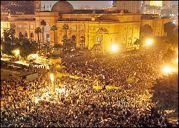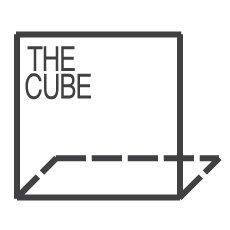
Tahrir Square
For one month in January 2011, Cairo, Egypt, reverberated as thousands of citizens flooded Tahrir Square in mass protest of former president Hosni Mubarak’s 30-year-rule, which was marked by human rights abuses, corruption, economic depression, and food shortages across the region. The protests transpired for a mere 18 days, yet the during that time the energy of the crowd, which consisted of student coalitions, Islamic women and labor groups, as well as other historically underrepresented constituents, escalated, due in part to the sheer number of people in the Square–as well as the new media-savvy tactics they used.
Since then, the so-called “Arab Spring” has been celebrated as a political and social media revolution, with Tweets, YouTube videos, and Facebook pages garnering as much attention as the vast on-site demonstrations. While the actual impact of this technology is still under debate, these websites were inarguably an important communication tool for protest organizers, and Egyptian media outlets, who labored to disseminate images of the protests, and ensuing crackdown, into the broader public imagination. Likewise, the active commemoration of the event–the production of poetry, T-shirts, and slogans– was reflective of the new communication channels. In February, Mubarak lost the support of his military, the international community, and the United States, and was forced to step down.
[ About Living as Form | Curator Statement | About the artists ]


